Canon EOS 250D + EF-S 18-55mm IS STM
Rated 5.00 out of 5 based on 1 customer rating
$347.99
Capture stunning photographs with the Canon EOS 250D + EF-S 18-55mm IS STM: the perfect combination for professional quality images.
Description
The Canon EOS 250D + EF-S 18-55mm IS STM is a digital camera that is both compact and versatile. It is perfect for those who are just starting out in photography or for those who want to upgrade their current camera setup. Here are some of the features that make the Canon EOS 250D + EF-S 18-55mm IS STM a great choice for photographers.
The EOS 250D has a 24.1-megapixel APS-C CMOS sensor, which makes it capable of capturing high-quality images even in low light conditions. It also has an ISO range of 100-25600, which means that you can capture images in a variety of lighting environments. The camera also has Dual Pixel CMOS AF, which ensures that you get fast and accurate focus when shooting images or videos.
The EOS 250D also comes with a 3-inch Vari-angle touchscreen LCD, which makes it easy to frame your subjects from high or low angles. The touchscreen also makes it easy to navigate the camera’s menus and settings. The camera also has Wi-Fi and Bluetooth connectivity, which means that you can easily transfer images and videos to your smartphone or tablet. This makes it easy to share your images on social media or with friends and family.
The EF-S 18-55mm IS STM lens that comes with this camera is a great all-purpose lens that is perfect for a variety of photography styles. It has a zoom range of 18-55mm, which means that you can capture both wide-angle shots and tighter shots of your subject. The lens also has image stabilization, which helps to reduce camera shake and ensures that your images are sharp and clear.
Overall, the Canon EOS 250D + EF-S 18-55mm IS STM is a great camera for those who want to capture high-quality images without breaking the bank. It is compact, easy to use, and versatile, making it a great choice for photographers of all skill levels.
Digital SLR, CMOS, APS-C, 30-1/4000, 24.10 MP, GPS, Bluetooth, Wi-Fi
Canon EOS 250D + EF-S 18-55mm IS STM properties
| Product name |
EOS 250D + EF-S 18-55mm IS STM |
| Type |
Digital SLR |
| Lens |
Separat |
| Compatible lenses |
Canon EF/EF-S |
| Included Lens |
EF-S 18-55mm 4.0-5.6 IS STM |
| Ports |
HDMI, USB |
| Memory Cards |
SD, SDHC, SDXC |
| Features |
Bluetooth, GPS, Wi-Fi |
| Viewfinder |
Optical |
| Shutter Speed |
30-1/4000 bps |
| Continuous Drive |
5 fps |
| Auto Focus |
Yes |
| AF points |
143 |
| Image Stabilization |
Yes |
| Manual Focus |
Yes |
| Image File Format |
DPOF, EXIF, JPEG, RAW |
| Flash |
Built-in, External |
| Flash Sync Speed |
1/200 sec |
| Battery Type |
Rechargeable Li-ion Battery |
| Display Size |
3.0 “ |
| Display Resolution |
1040000 pixels |
| Max Video Resolution |
3840×2160 (4K) |
| Video resolutions (fps) |
3840X2160 (23.98, 25 fps), 1920 |
| Video File Format |
MOV, MP4 |
| Audio File Format |
AAC, PCM |
| Sensor Type |
CMOS |
| Sensor Format |
APS-C |
| Effective Pixels |
24.1 MP |
| Total Pixels |
25.8 MP |
| ISO Rating |
100-25600 |
| Dimensions (HxWxD) |
93x120x70 mm |
Frequently Asked Questions:
How can I optimize the image quality when using my Canon EOS 250D with the EF-S 18-55mm IS STM lens?
To optimize the image quality when using your Canon EOS 250D with the EF-S 18-55mm IS STM lens, you can follow these tips:
1. Use a tripod or steady surface to reduce camera shake and ensure sharp images.
2. Set the camera to shoot in RAW format for maximum flexibility when editing your photos later.
3. Adjust the white balance according to the lighting conditions of your environment.
4. Use the camera's built-in exposure compensation feature to adjust the brightness of your shots as needed.
5. Use a lower ISO setting (such as 100 or 200) for better image quality in low light situations.
6. Set the camera to shoot in manual mode and manually adjust the shutter speed, aperture, and ISO settings until you achieve the desired exposure and depth of field.
7. Use the lens's built-in image stabilization feature to help reduce blur caused by camera shake.
8. Avoid shooting directly into light sources to prevent flare and loss of detail in your images.
9. Use a circular polarizer filter to enhance colors, reduce glare, and improve overall image quality.
10. Experiment with different focal lengths and compositions to find the best way to showcase the subject of your photos.
What settings should I use for taking landscape photos with my Canon EOS 250D + EF-S 18-55mm IS STM camera?
To take high-quality landscape photos, you'll want to set your camera to manual mode and adjust the following settings:
1. Aperture: Set the aperture to its smallest value (highest f-number) for maximum depth of field. This ensures that everything in the scene is in focus from foreground to background. For example, on the Canon EOS 250D with the EF-S 18-55mm IS STM lens, you'll want to set your aperture to f/22 or smaller. Shutter speed: Use a slower shutter speed (in the range of 1/30 to 1 second) to capture motion blur in waterfalls, rivers, and other moving elements in the scene. However, ensure that your shutter speed is fast enough to prevent camera shake, especially when using longer focal lengths or at lower ISO settings. ISO: Set the ISO to its lowest value (e. White balance: Choose a white balance setting that matches the lighting conditions you're shooting in, such as daylight or cloudy. This will help ensure accurate colors in your photos. Focus: Use autofocus to focus on an area of interest in your landscape photo, then switch to manual focus and fine-tune the focus to ensure everything is sharp from foreground to background. Remember that these settings are just a starting point – experiment with different combinations to find what works best for your specific scene and lighting conditions.
What steps should I follow to connect my Canon EOS 250D camera to a smartphone using Wi-Fi Direct and remotely control its settings through the Canon Camera Connect app?
Ensure that both your camera and smartphone support Wi-Fi Direct. Check your device's user manual or specifications for confirmation. Turn on Wi-Fi on both devices from their respective settings menus. On your camera, navigate to the "Wireless functions" menu in the setup options. Select "Wi-Fi Direct" and press the OK button. Your camera will search for available connections. Once your smartphone appears on the list, select it and press "OK". Follow the on-screen prompts to complete the connection process. Install the Canon Camera Connect app on your smartphone from the App Store or Google Play store. Launch the app and log in with your Canon ID. If you don't have one, create a new account. Tap "Camera connect" to begin searching for available devices. Wait for your camera to appear. Select your camera from the list and tap "Connect". Follow any additional prompts. Once connected, you can remotely control your camera's settings through the Canon Camera Connect app, including live view, shutter speed, aperture, ISO, and more. To disconnect, select "Disconnect" from the menu within the app.
How do I properly clean the sensor on my Canon EOS 250D with the included cleaning kit and accessories, specifically the EF-S 18-55mm IS STM lens?
Cleaning the sensor on your Canon EOS 250D is an important step in maintaining the camera's performance and image quality. Here are the steps to follow when cleaning the sensor using the included cleaning kit and accessories:
1. Turn off the camera and remove the lens from the body. Make sure that there is no dust or debris on the mounting area of the camera before proceeding. Take out the cleaning swabs, air blower, and sensor cleaning solution from the cleaning kit. Hold the camera with the back facing you and ensure that it's in a stable position to avoid any accidental drops or damage. Use the air blower to remove any loose dust or debris on the sensor surface. Blow the sensor gently, holding the camera at an angle of around 45 degrees. Apply a few drops of the cleaning solution onto one of the provided swabs. Gently wipe the sensor with the swab in a single, smooth motion from left to right or top to bottom. Avoid applying too much pressure and avoid touching the edges of the sensor as they are delicate. Repeat step 5 if necessary until you're satisfied that the sensor is clean. Make sure that you use a new cleaning swab for each subsequent wipe. Allow the camera to air dry completely before attaching the lens again. Do not use any other cleaning cloth or solution on the sensor, as these may leave streaks or residue. When using your EF-S 18-55mm IS STM lens with image stabilization, make sure that it's clean and free from any debris or dirt that could cause damage to the sensor. Use a soft cloth or a blower brush to remove any dust or debris before attaching the lens to the camera. Regularly inspect your lens for any signs of wear, such as scratches or damage to the glass elements. If you notice any issues, have the lens inspected by an authorized Canon service center. Always handle your camera and accessories with care and avoid exposing them to harsh environments or extreme temperatures that could cause damage. By following these steps, you'll help ensure that your Canon EOS 250D and its accessories remain in top condition for years to come.
Before you buy Canon EOS 250D + EF-S 18-55mm IS STM
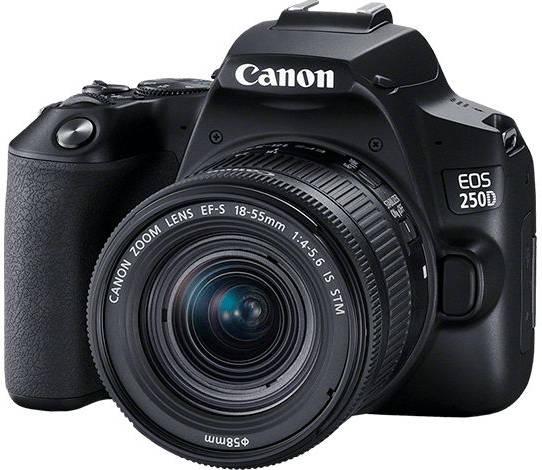




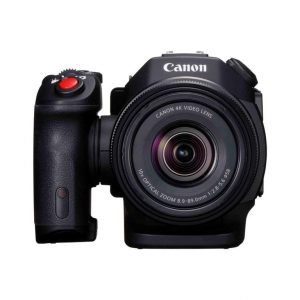
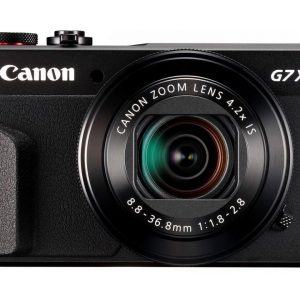
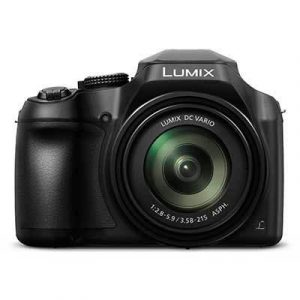

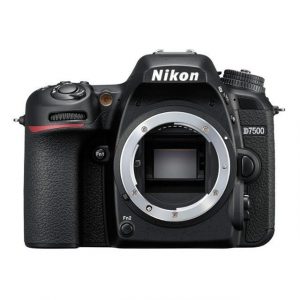
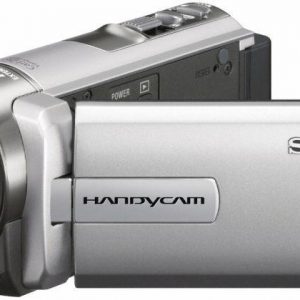
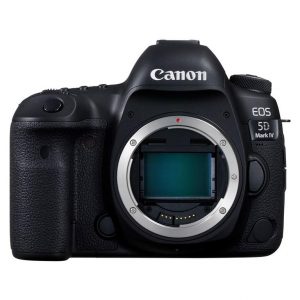
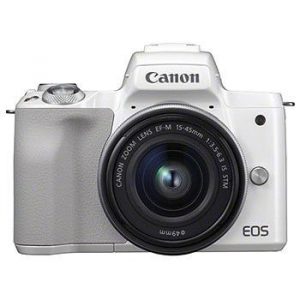
Rus –
The camera is small, amateur and I’ve just switched to the first generation Canon 7D and I’m shocked when it comes to image quality and AF response. For this I can take pictures remotely and have a real-time preview, which is a great advantage when photographing birds. You just have to be careful because the camera is not sealed so I use a plastic cover when it rains lightly. The tilting display is a world championship, I don’t know how I could work without it before. recommend